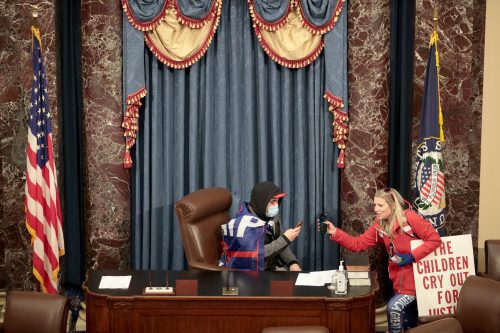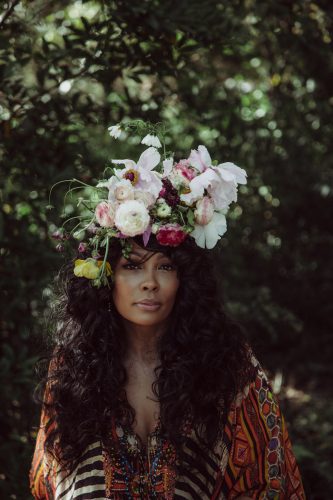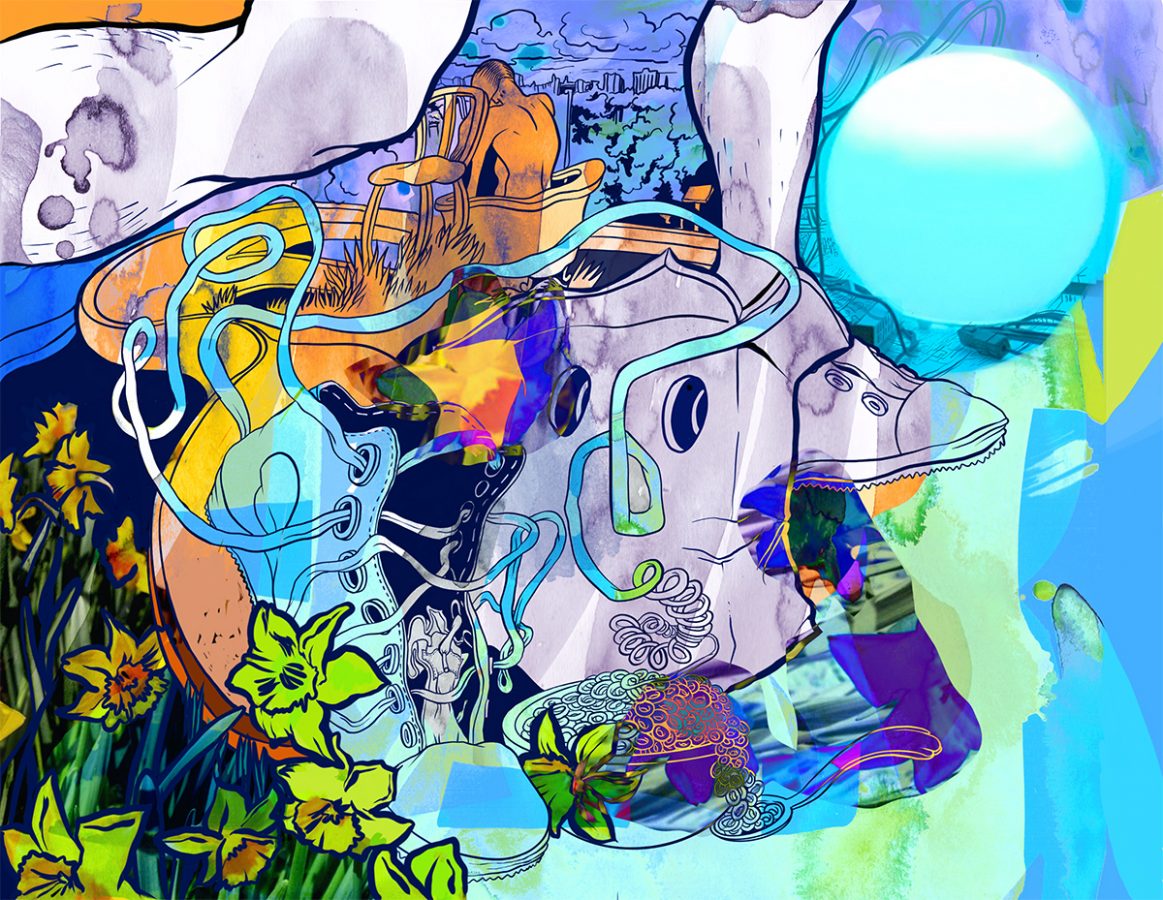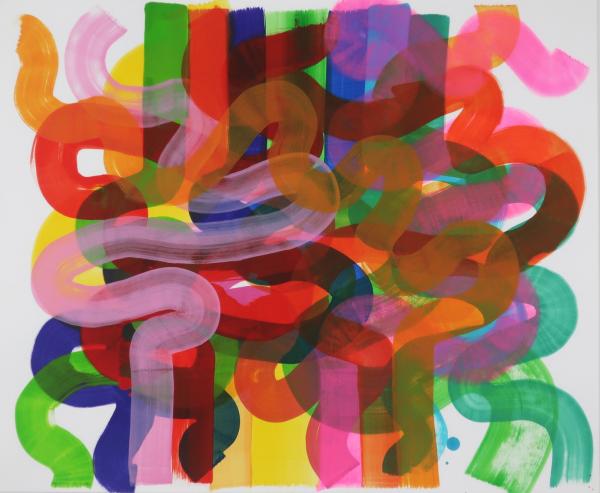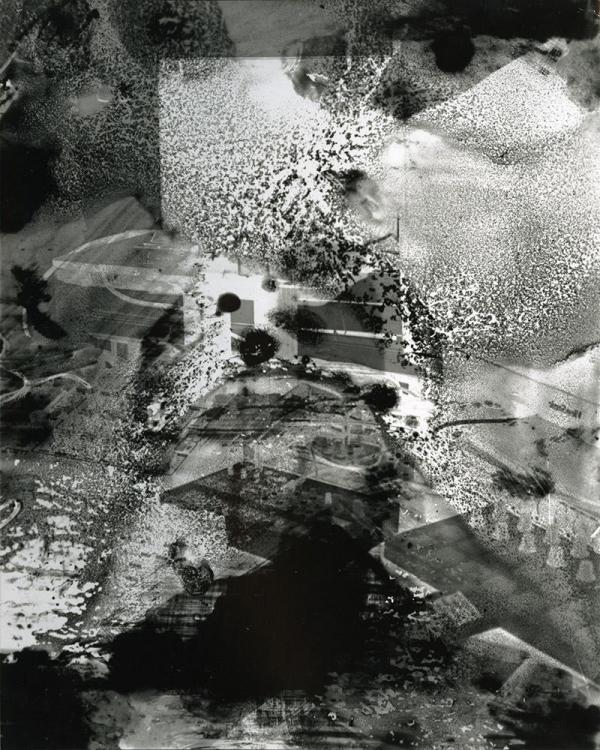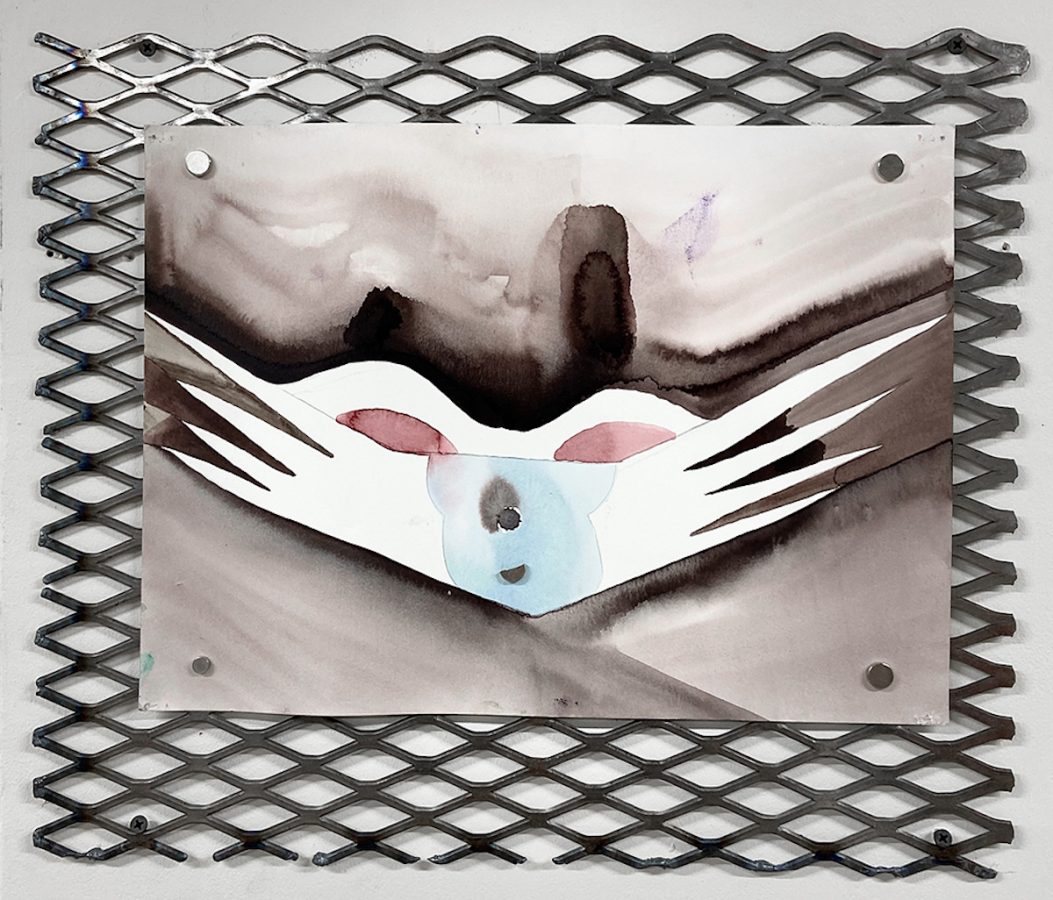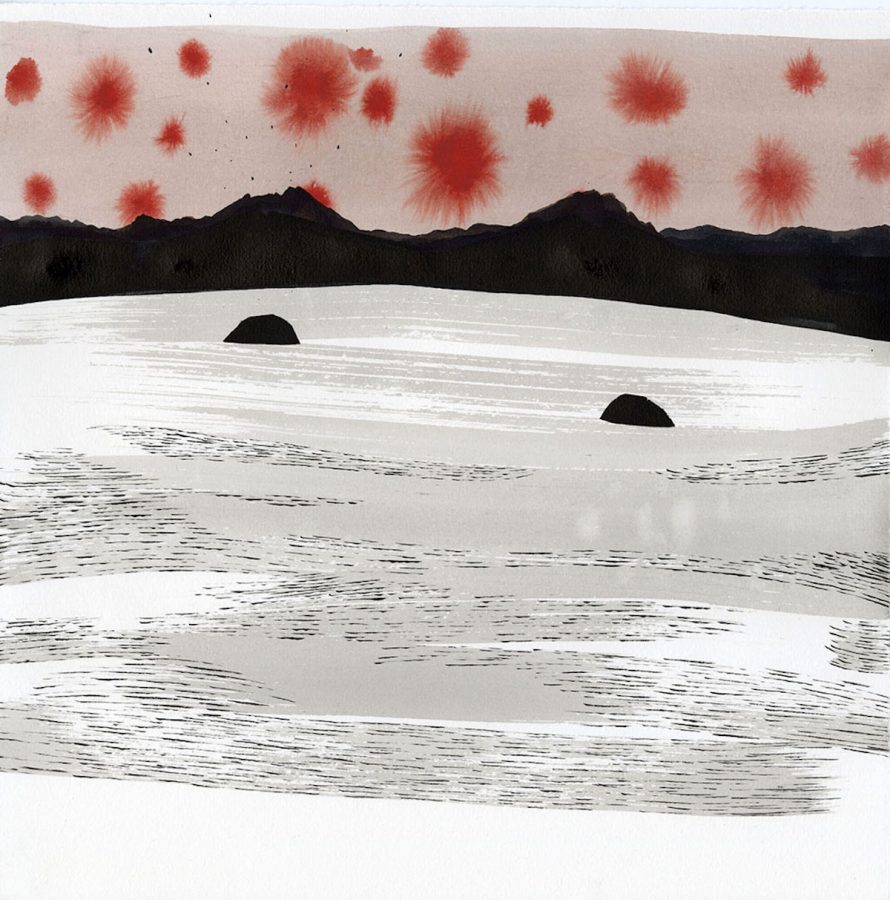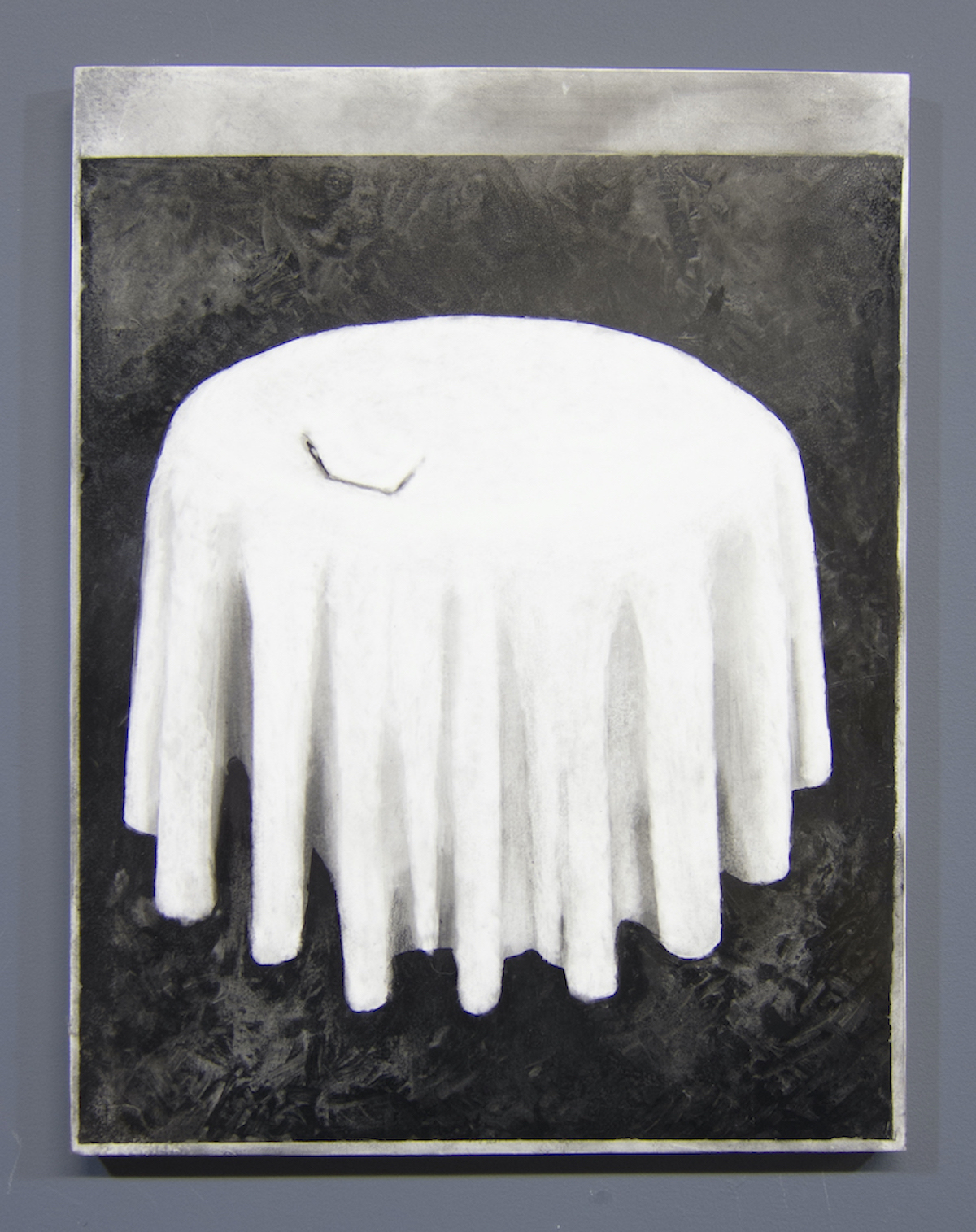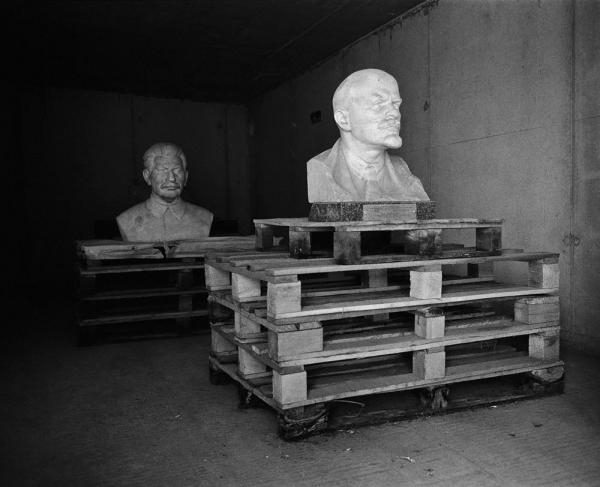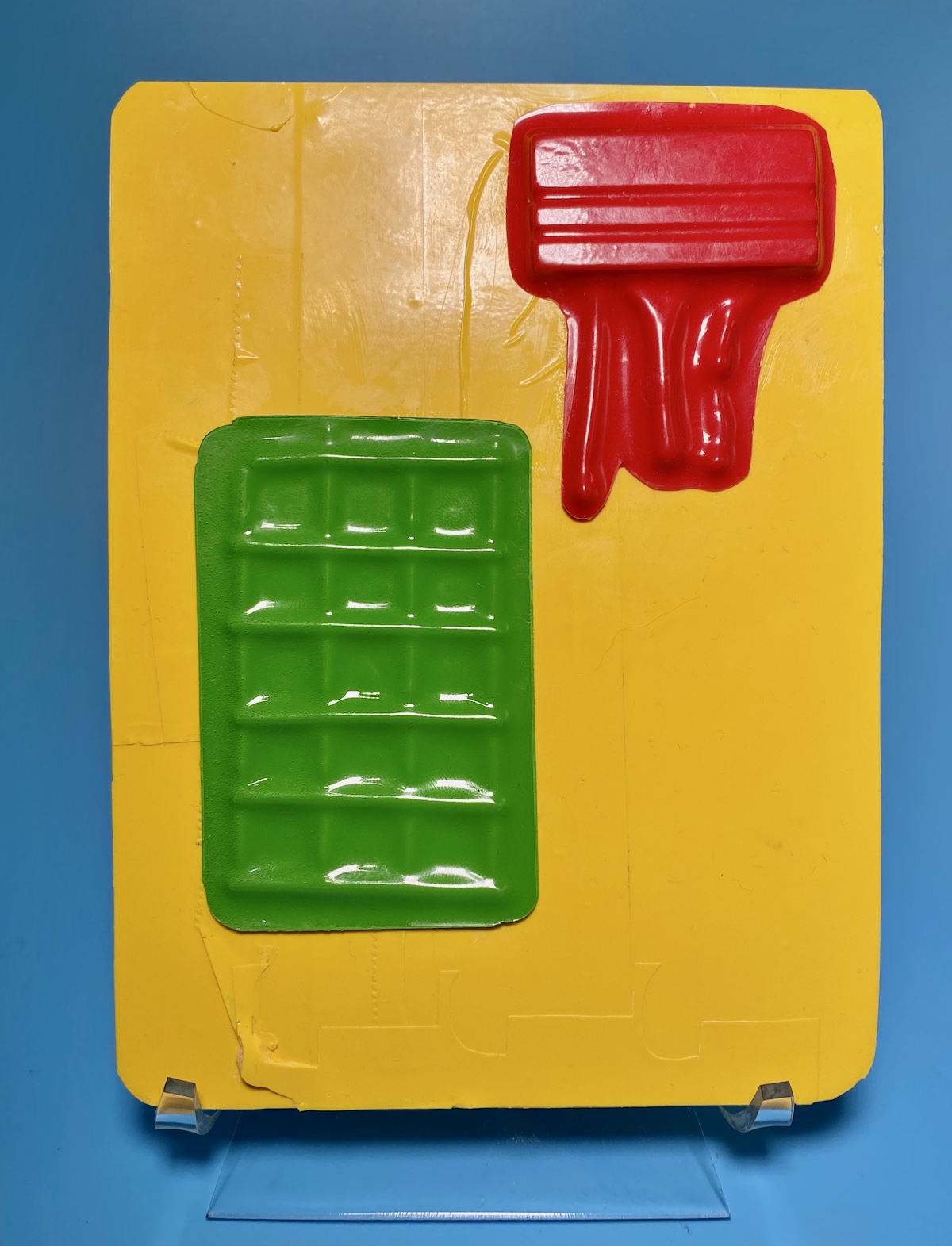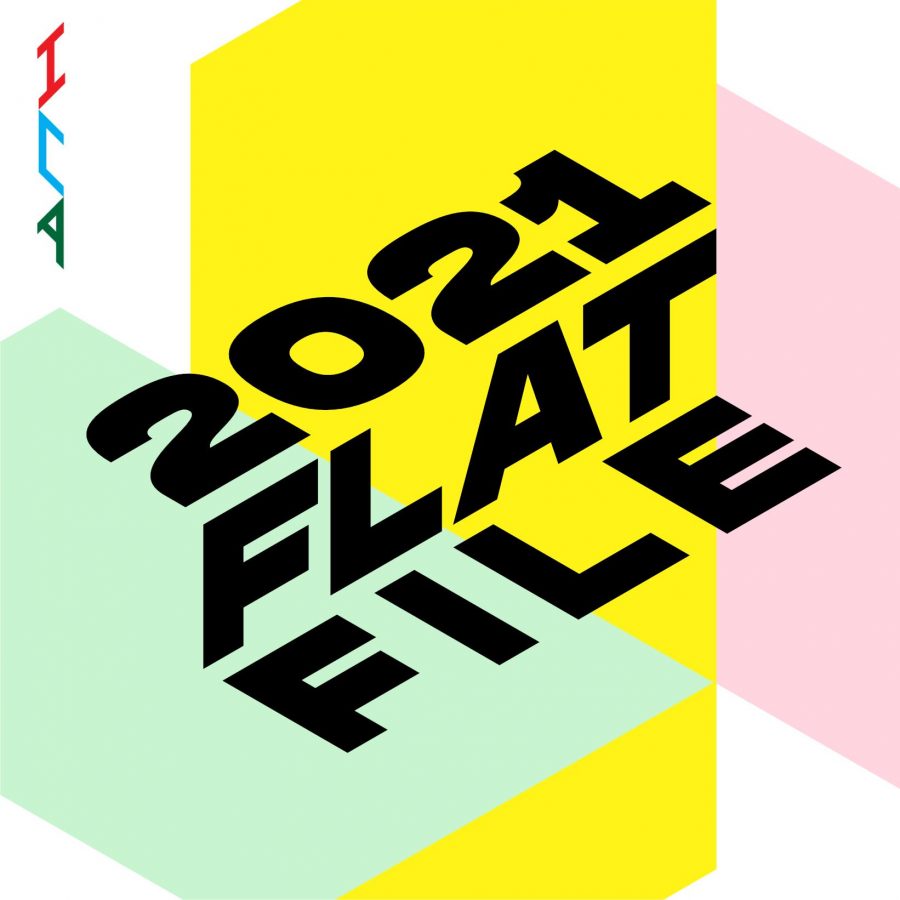Over the past few years, I have been approached more times than I can count by people who tell me they want to start purchasing art in Baltimore but don’t know where to begin. This season, Baltimore’s art community offered up a few excellent options for anyone who wants to purchase locally made art by professionals whose careers are on the rise, including MAP’s Under $500 Sale, the Creative Alliance’s 25th Birthday Exhibition, Necessary Tomorrow’s Immaterial Souls, and ICA Baltimore’s Flat File program. All four platforms are available to browse and purchase online with a range of price points to fit any budget.
Although your acquisition may not immediately increase in value, there’s no reason to believe that it won’t in the future. When buying a work of art, the primary question to consider is how an individual work makes you feel and if the idea of living with it gives you that fluttery butterfly feeling, like infatuation or falling in love.
In addition, if supporting an artist whose name is on the rise adds to the excitement, you can assess the seriousness of the artist’s career by looking at their resume or CV on their website. Check to see if they have updated their website recently and if they have had regular exhibitions at a variety of galleries over the past few years (commercial, college, or artist-run, all are good), in Baltimore and in other cities as well. If they are included in museum shows or collections, this is an excellent indication that they are serious about their art career and their work will eventually appreciate.
Once you’re on their website, also check to see if this artist is someone you’d like to get to know personally by reading any links to press interviews or videos. The best artist-collector relationships evolve over time and the benefit of collecting artists who are locally based is that you can become friends, or at least friendly, through joining their mailing list or asking for a studio visit.
Bottom line, every time you buy work by an artist based in Baltimore, you’re putting more money into our local arts ecosystem (think: framing, photography, web design, fabrication, galleries, and small businesses who work with artists) and investing in the success of a community, not just an individual.
I reached out to Lou Joseph, an artist and the founder of ICA Baltimore, to talk more about their 2021 Flat File program and opportunities to collect the work of Baltimore-based artists.
